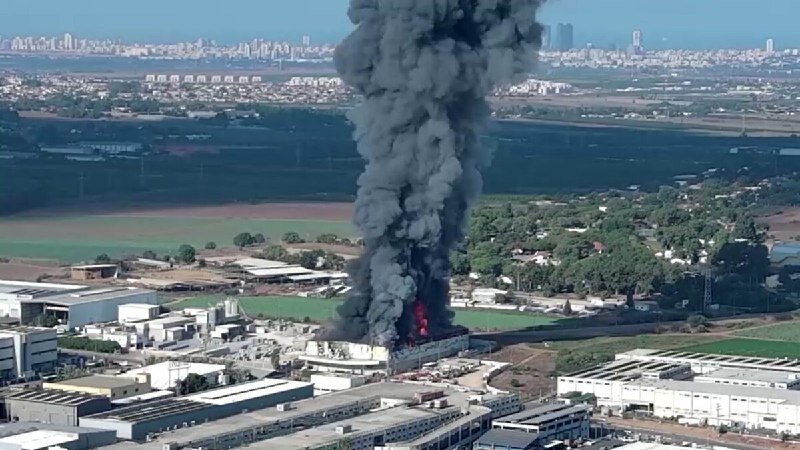A Nightmare Called “the Battle of the North”

The title might look more like a movie in history genre, or a biblical term to warn the Zionists about what might befall on them once they bit more than they can chew, but no matter how we understand it, it’s hovering closer and closer as days go by and the genocides of the Israeli Occupation Forces (IOF) against Palestinians continue.
And this has been widely noticed these days. Multiple entities, from media outlets and journalists to think tanks and academicians, are now warning about the doomsday knocking at Israel’s door. The warnings may be well hidden underneath layers of analysis and strategic surveys, but the final message is clear: the magnitude of a possible war with Hezbollah is beyond what Israelis had imagined so far. And this message is understood only by putting together small pieces of a puzzle through which a horrifying bigger picture is emerging. One of these pieces was provided for the Israeli decision makers today by someone who is introduced as “researcher at anti-terrorism policies institute and professor at Rishman university”.
His report consists of the information he has collected from various sources about the missile power of Hezbollah, published with the purpose of drawing a picture from how an Israel after an all-out war with Hezbollah will look like, missile-wise! According to this report, “since the 2006 war, Iran has provided Hezbollah with a gigantic missile arsenal amounting between 100.000 to 150.000 short- and long-range missiles. One the main missiles Hezbollah possesses, is M-600 which has been built in Syria based on the platform of the Iranian Fateh-110.
This missile has a wide range of varieties, with a maximum range of 350 km and the ability to carry a warhead as heavy as half a ton. It can destroy objects in a radius of tens of meters. It’s estimated that Hezbollah would have hundreds of precision missiles at its disposal, receiving them directly from Iran, or having them transferred to Lebanon after assembled in Syria.
As the range increases, Hezbollah can depo them deeper inside Lebanon, farther from the border with Israel [Occupied Palestine]”. So far, the report has a neutral descriptive tone, but the real message is embedded in one of the last sentences: “[with Hezbollah being able to depo its missiles far from the southern borders], the intelligence system of Israel will have an extra hard work to encounter them”. Another example of “hey-look-we-can’t-do-that” analysis was published by another Israeli commentator, the ex-deputy of the national security council of Israel, who now serves as a senior researcher in the “Israeli institute for security studies”.
He avoids addressing the missile power of Hezbollah and tries to cover the infantry part more. He shared the results of his “study” about the Special Forces of Hezbollah, “Rezwan Elite Brigades”, and pointed at the challenges of IOF during a real battle in a real battlefield. According to his study, “the Rezwan Forces are at the forefront of Hezbollah’s combat power. They claim to be highly trained, highly experienced, and having attended the war in Syria, they now enjoy the combat knowledge and capabilities of Iranian and Syrian forces.
Rezwan Forces have very sophisticated weaponries they receive from Iran. During last May, they held a military maneuver which was different from anything we had seen before. In this drill, they practiced infiltration into the territories of Israel (Occupied Palestine) with live rounds.
Hezbollah possesses numerous accurate anti-armor weaponries, and we feel the presence of such armaments on the north. We are being shot at by these weapons multiple times on a daily basis, or at least this is what’s alleged. Hezbollah also possesses various intelligence and cyber instruments.
During the past few years, their air defense capabilities have also matured, and this has made is difficult for Israel to carry out air strikes in Lebanon”. Similar to the previous “analysis”, this study also acts as a warning call for those who still put their politics before the realities of the region; the undeniable realities which are proven these days, time and again, to the disbelief of those who were daydreaming about a “new Middle East”.
